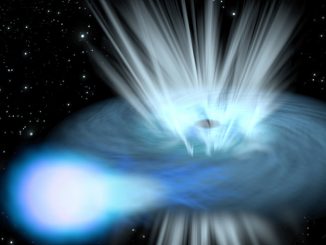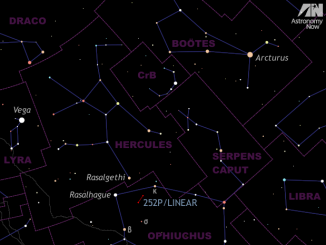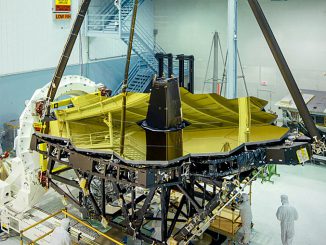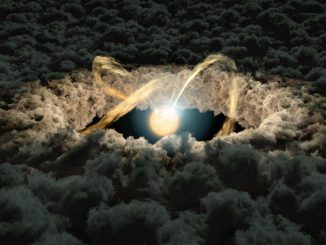
Orion 3″ field flattener for EON 115/130 EDT refractors
Steve Ringwood reviews a dedicated 3″ field flattener designed for use with Orion’s EON 115/130 EDT refractors. One side of the field flattener threads on to the 3″ focuser, whilst the other offers a wide M48 thread that enables fixture of DSLRs, etc. without the vignetting possible with smaller M42 designs — particularly when deployed with full frame sensors.









